‘It was all about being the freshest,” says Koe Rodriguez, toothbrush in hand. “That’s how you pulled honeys, how you got respect from the hard rocks. That’s how you laid your game down. It was all about being fresh.” The hip-hop historian’s not talking about his teeth, though, but his sneakers.
Rodriguez appears in Just for Kicks, a 2005 documentary about sneaker culture that also features an MC explaining his painstaking monthly shoelace-cleaning ritual. Treating his precious laces as if they were the finest cashmere, he would carefully scrub them between his clenched knuckles, then pinch out the water, squeeze them with a towel, and press them with the tip of a hot iron, to make them as wide as possible. “They gotta be fat,” he insists.
Having the fattest, freshest laces – preferably colour-coordinated with your Kangol hat – was crucial to being a respected part of the B-boy scene in 1980s New York, explains the film, which is part of a sprawling new exhibition at the Design Museum in London. Called Sneakers Unboxed, the show charts the history and evolution of the ubiquitous footwear from basketball courts in Brooklyn to cutting-edge innovation labs worthy of the space race, fuelling what has become an $80bn-a-year global industry.
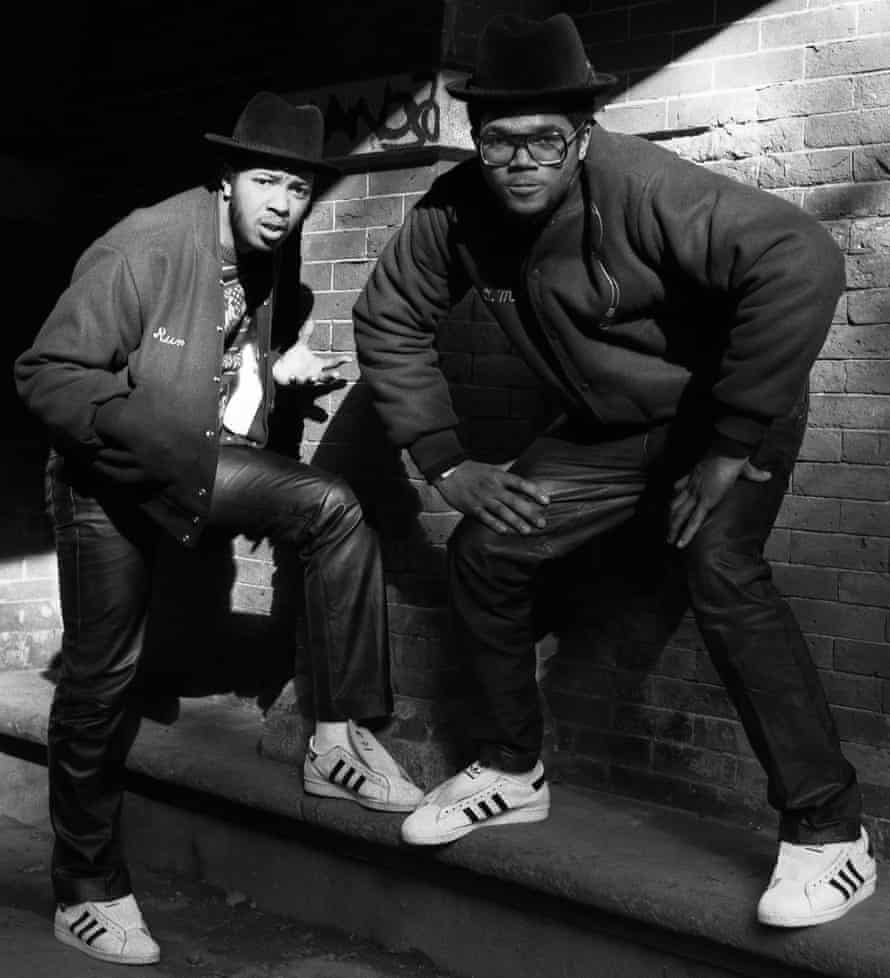
For all of the pioneering technology behind the latest trainer designs, what ultimately emerges is a story about the irresistible power of hype. From the travelling salesman Chuck Taylor, a basketball player who toured US high schools in the 1920s, teaching ball skills and promoting his Converse All Star boots, to Nike’s four-decade, billion-dollar partnership with Michael Jordan, it is a fascinating tale of celebrity endorsement, artificial scarcity, limited-edition collaborations and the elaborate stories that brands engineer to create a frenzy of excitement around the latest drop. But it wasn’t always this way.
“The popularity of certain sneakers initially came as a surprise to the brands,” says curator Ligaya Salazar. When German brothers Adi and Rudi Dassler began making sports shoes for athletes, they and their successors had no idea that their respective companies, Adidas and Puma, would become cult classics on street basketball courts and breakdancing mats in the US. They were entirely focused on designing precision sportswear for the World Cup and the Olympics, not what rappers wanted to wear.
It might now sound like a paid promo, but Run-DMC’s 1986 hit single My Adidas was born out of pure love for their fresh kicks (although it went on to lead to a lucrative endorsement deal). “Now the Adidas I possess for one man is rare,” they sang, “Myself homeboy got 50 pair / Got blue and black, ’cause I likes to chill / And yellow and green when it’s time to get ill”. The introduction of multiple colourways (pioneered by Puma), was crucial in turning sneakers into sought-after fashion items. Organisations such as the National Basketball Association maintained strict white-only footwear rules, but on the streets, it was now very clear if you were still rocking last season’s colours.
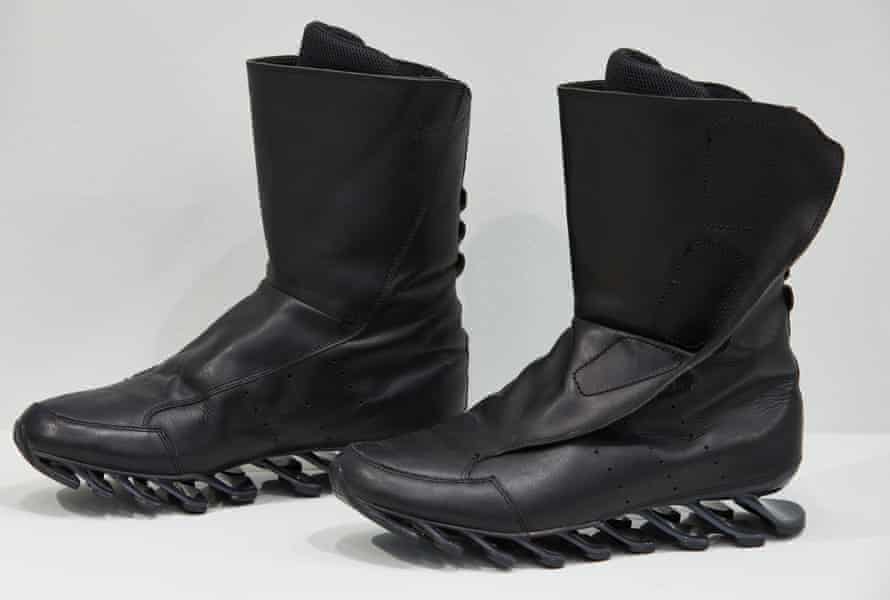
The exhibition charts how particular brands and styles were adopted and developed by different subcultures around the world, from Tokyo to Cape Town, becoming the unofficial uniforms of specific tribes. Battered, gaffer-taped pairs of Vans show how skaters took the opposite approach to hip-hop’s obsession with box-fresh sneaks: hardcore wear and tear was something to flaunt. A section on “casual” culture shows British football fans in the northwest in the 1970s, decked out in coveted Adidas Trimm Trabs – a shoe that was actually designed to encourage middle-aged people to exercise in Germany, as part of a government-led campaign.
We meet the Cholombianos of Monterrey, Mexico, who pair their Converse All Stars with outfits emblazoned with religious iconography, and the obsessive Bubbleheads of the Cape Flats in South Africa, who favour Nike high-tops with the biggest air bubbles bulging from the soles. And who could ignore grime’s love affair with the Nike Air Max, which has seen Dizzee Rascal and Skepta release their own sought-after collaborations? A 2015 film by Grace Ladoja explores the ubiquity of the shoe as part of the uniform of the London grime scene, particularly the Air Max 95, with its distinctive wavy overlays, known as “one-tens” – being one of the first silhouettes to top the £110 mark. The high cost was a point of pride.
Japan emerges as playing a critical role in the transformation of the sneaker from everyday streetwear to high-end status symbol, with Tokyo’s boutiques fostering an experimental culture, featuring models customised by local designers. Nike’s co.jp, or Concept Japan team, moved into small-batch production of exclusive lines for the first time, developing trainers with dip-dyed woven uppers, which would later evolve into the mainstream Flyknit range.
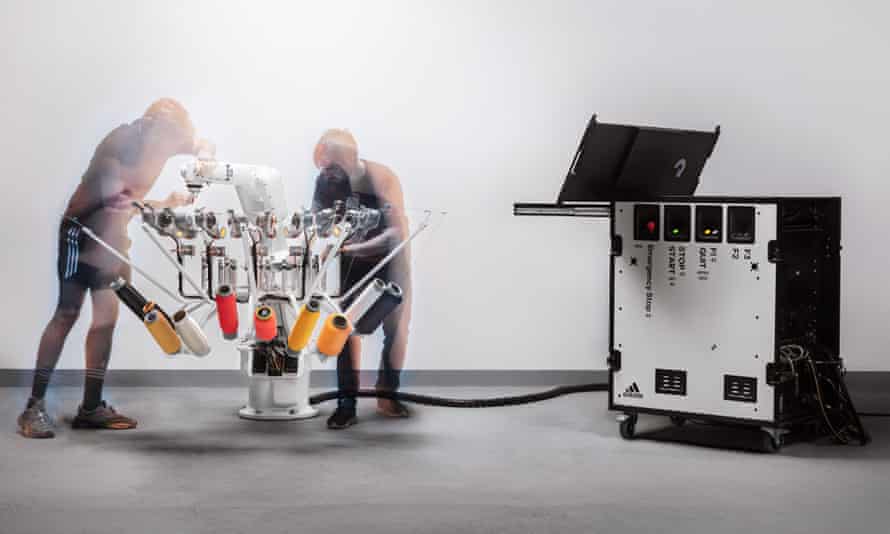
As a young sneakerhead, I remember trawling the stores of Harajuku on my first trip to Japan in the early 2000s, drooling over endless racks of trainers in glossy pastels, eye-searing neons, metallics and transparent vinyls, the exotic likes of which had never graced the shelves of Footlocker in Leeds.
“It was the tipping point,” says Salazar. “The brands finally realised what they were sitting on in the late 1990s and early 2000s, and started to partner with young designers and ramp up the pace of rare releases.” Camping outside stores overnight to be first in line for new release became commonplace, followed by online raffles, while the arrival of professional resale sites such as StockX and Goat has seen sneakers elevated into an alternative asset class. A pair of 2016 Nike Mags (the futuristic self-lacing shoes worn in Back to the Future Part II in 1989), for example, is currently listed for £99,000. As StockX’s co-founder told an audience: “Maybe one day you can invest in the Jordan Index instead of the Dow Jones.”
It’s not hard to see how, when you look at how trainers have been elevated in status. One vitrine shows when catwalk kicks reach their most extreme, such as the gloopy bubblegum pink blobs of Martine Rose’s Nike Air Monarch IV, made by squeezing a size 18 shoe on to a size 9 sole, or Tom Sachs’s outrageous Mars Yard space boot for Nike, made with Vectran fabric from airbags on the Mars rover. It comes complete with a puffy overshoe made of Dyneema, a fabric that claims to be 15 times stronger than steel.
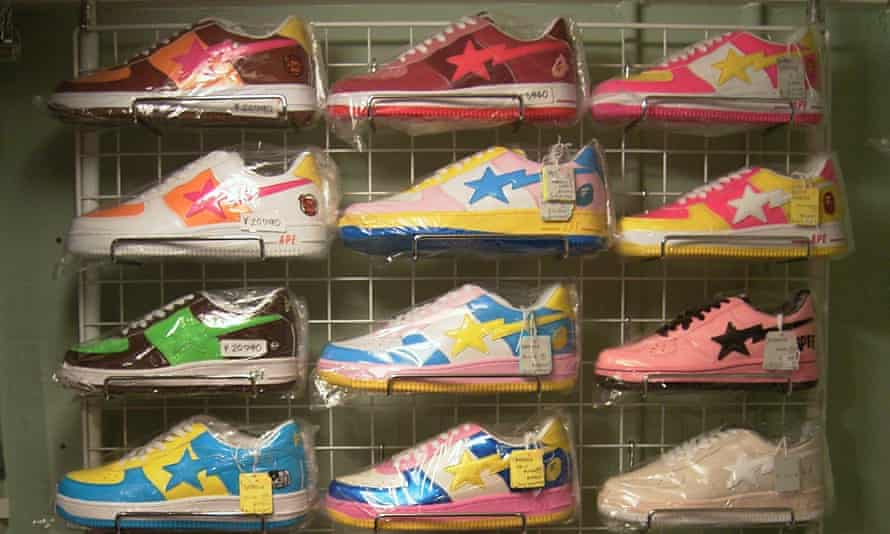
The line between technical performance and absurdist fashion statement is a fine one. Although the exhibition is split into two sections – Style and Performance – it leaves you wondering if many of the “technical” innovations are merely further style ploys, all part of feeding the hypebeast. Like “the science bit” on shampoo ads, the section on technical innovation dutifully covers everything from traction, to cushioning, fit, stability and energy return, tracing the evolution of bubbles, gels, air pumps, barefoot skins and many other novelty devices designed to enhance athletes’ performance, and sell more shoes.
Still, there’s clearly something in the millions poured into R&D. After Kenyan runner Eliud Kipchoge became the first person to complete a marathon in under two hours in 2019, Nike revealed he was wearing their latest Alphafly design, which has carbon-fibre plates in the sole and “air pods” under the toes. The response from many in the running world to these shoe-sized trampolines? They should be banned.
The exhibition’s final section sheds light on the industry’s moral conscience – or general lack thereof. It features some of the few brands, such as Veja and Satoshi Studio, focused on transparent, low-impact supply chains and more ethical manufacturing. There are the (soon to be released) Adidas Stan Smith trainers made from mushroom leather, and a dazzling 3D-knitting robot designed to reduce waste, as well as a welcome section on the novel idea of actually repairing sneakers, rather than throwing them into landfill. It showcases designers such as Helen Kirkum, and customisers including Japanese company Recouture and Leeds-based Adikoggz, who are all dedicated to upcycling, refurbishing and making the trainers we’ve already got last longer.
When you learn that sneaker production accounts for 1.4% of all global greenhouse gas emissions (compared to air travel’s 2.5%), emitting the same amount of CO2 as 66 million cars and using toxic glues and synthetic foams, it’s clear what we have to do. Just keep a toothbrush handy and stop buying so many new pairs.
The Link LonkMay 14, 2021 at 06:01AM
https://ift.tt/3uLCHx8
Would you pay £99,000 for this self-lacing Nike? Sneakers Unboxed review - The Guardian
https://ift.tt/3g93dIW
Nike
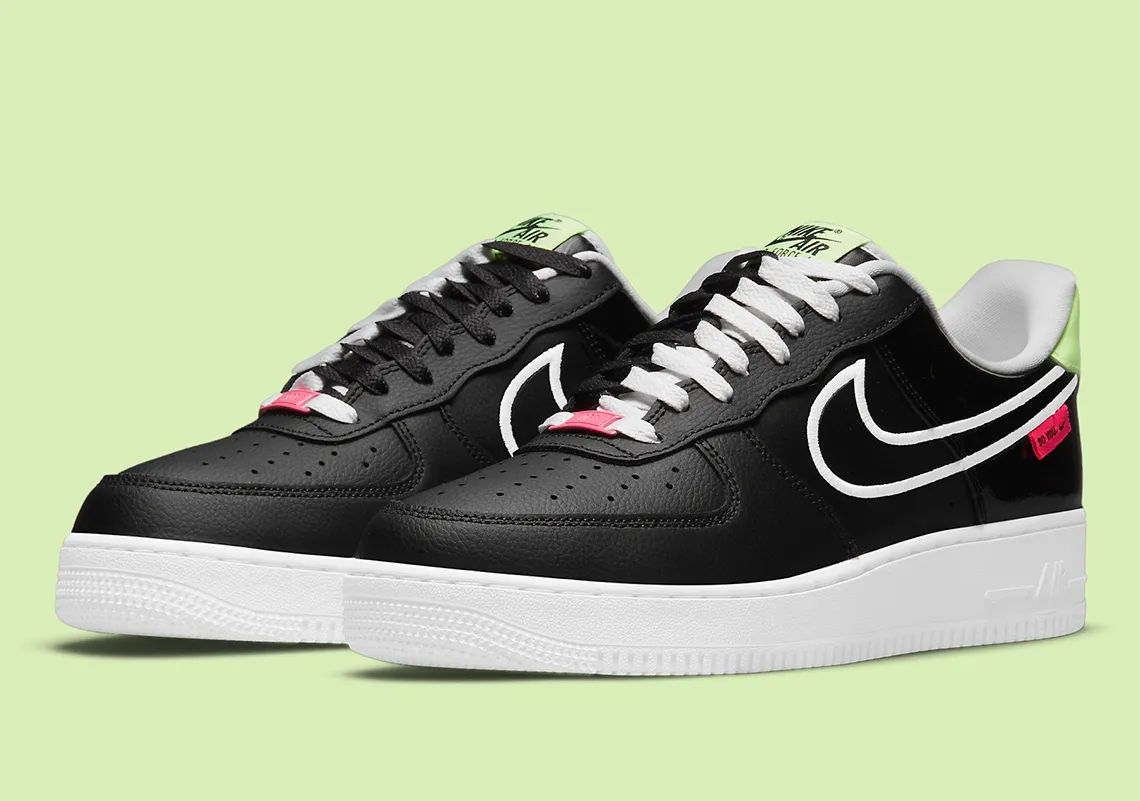
No comments:
Post a Comment